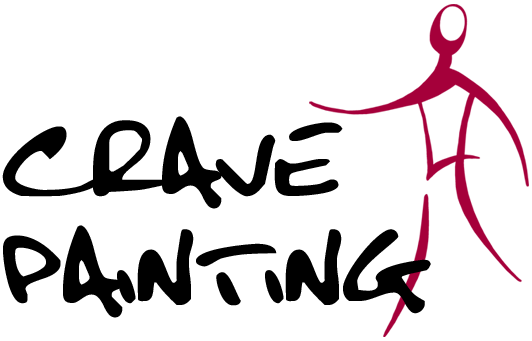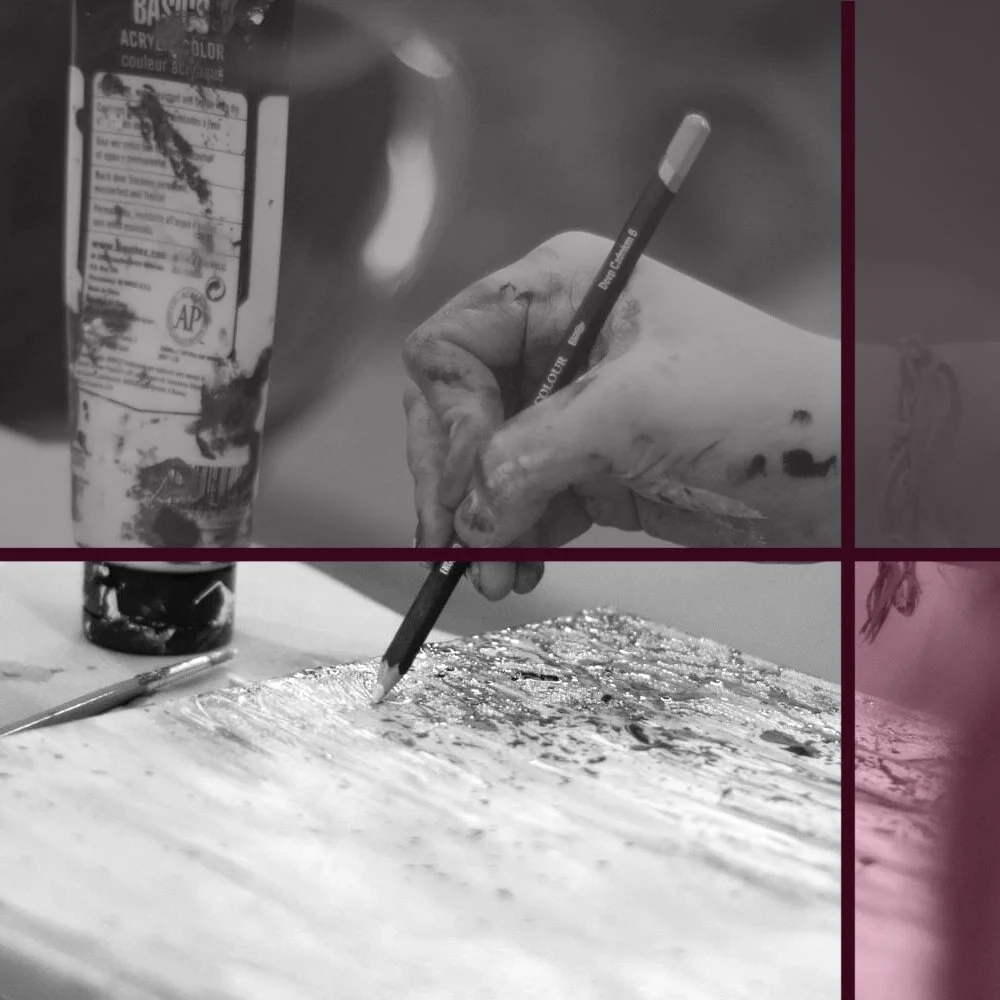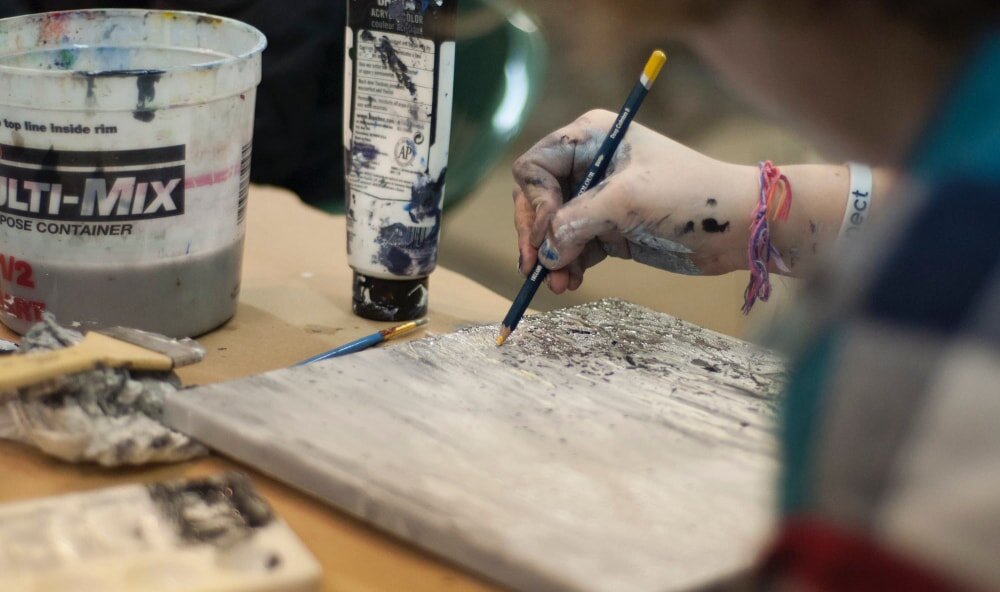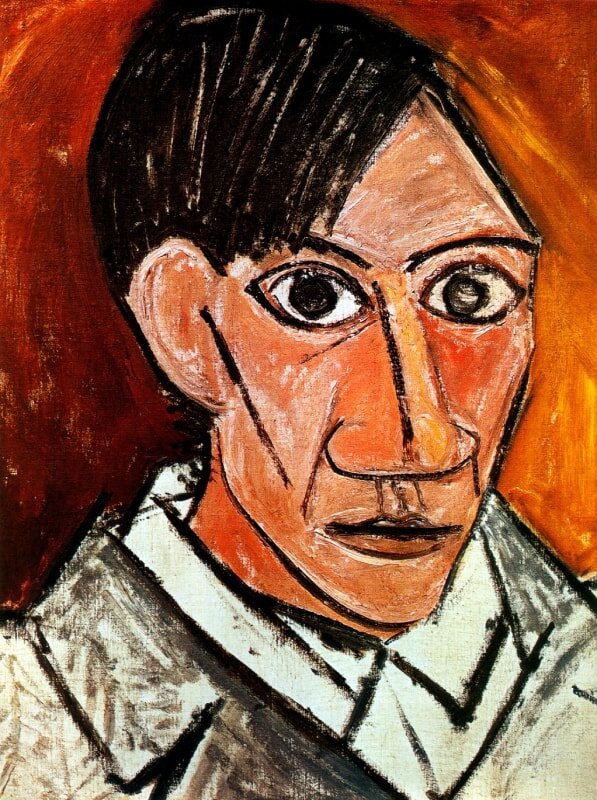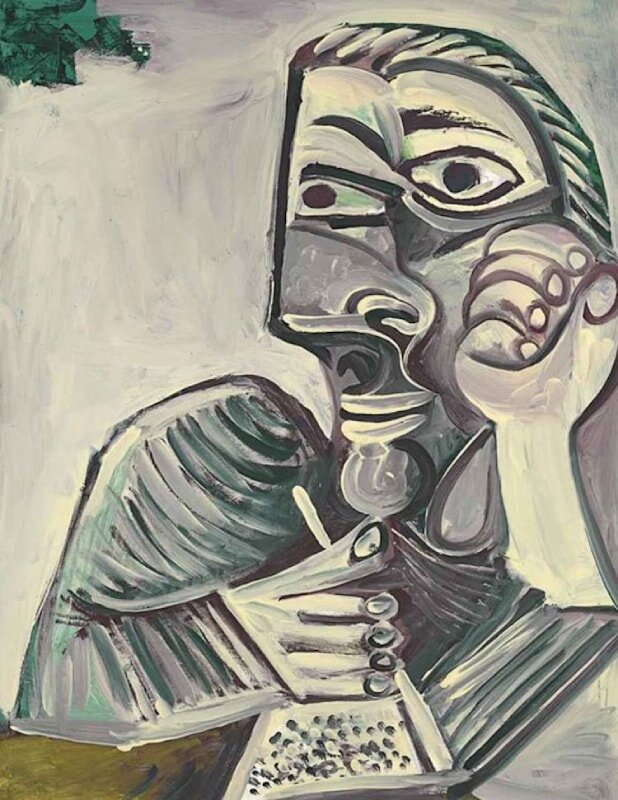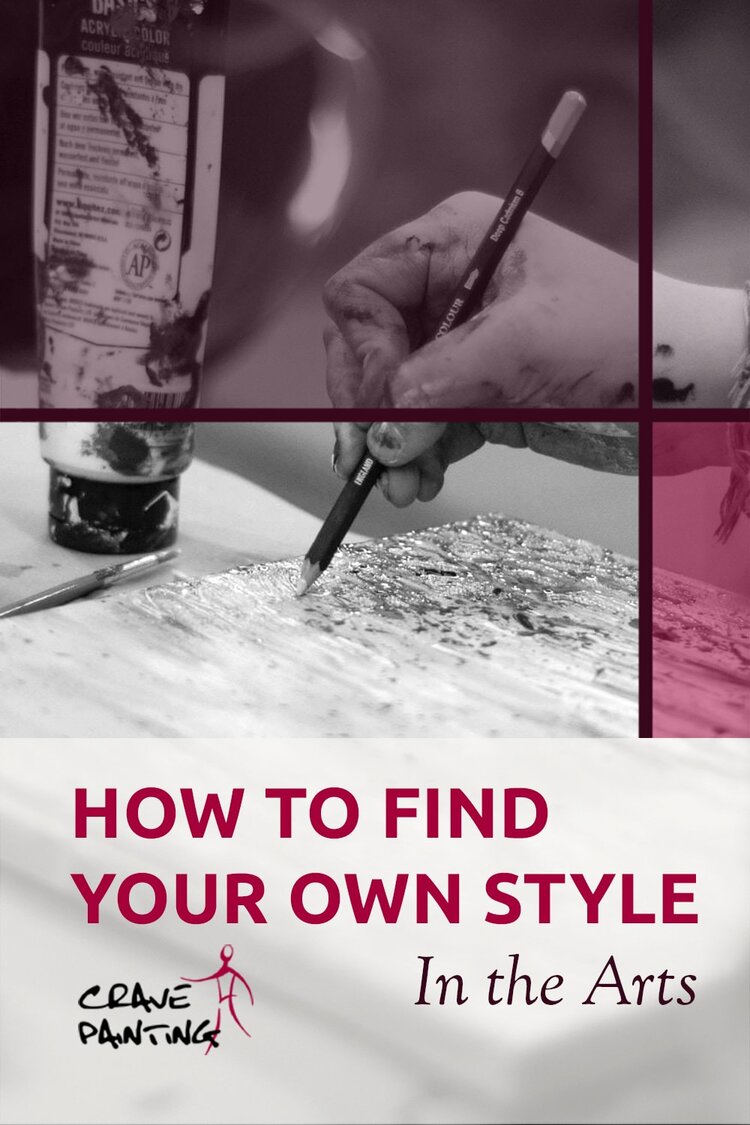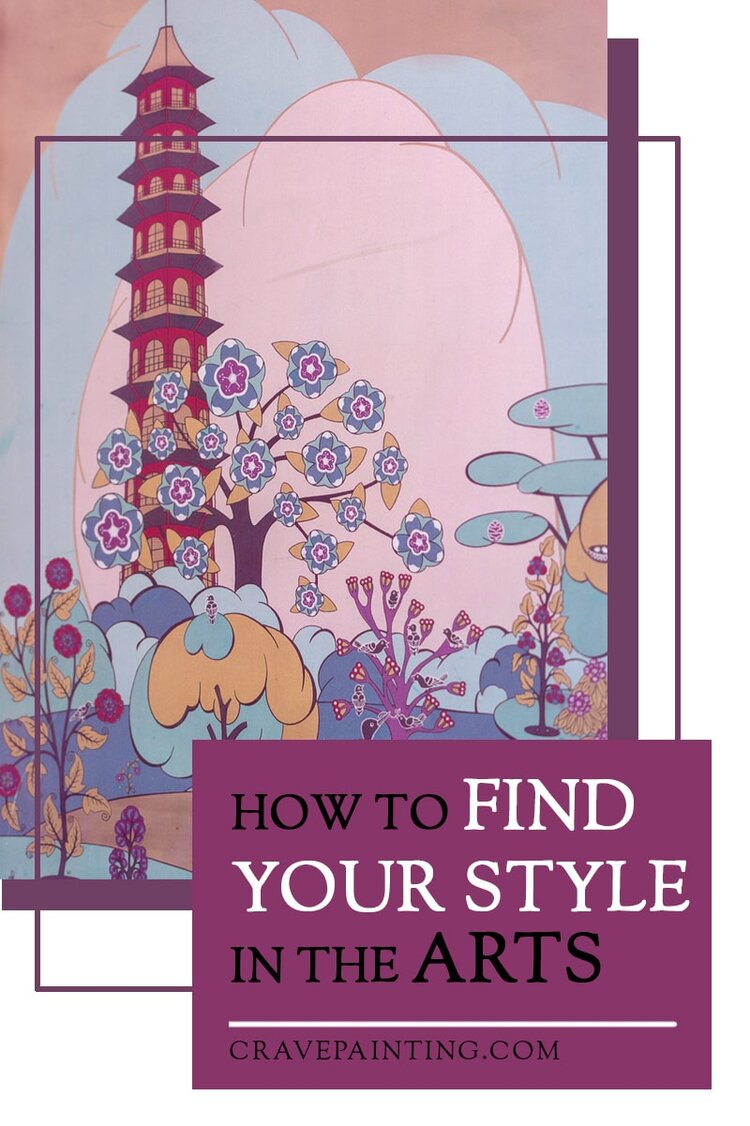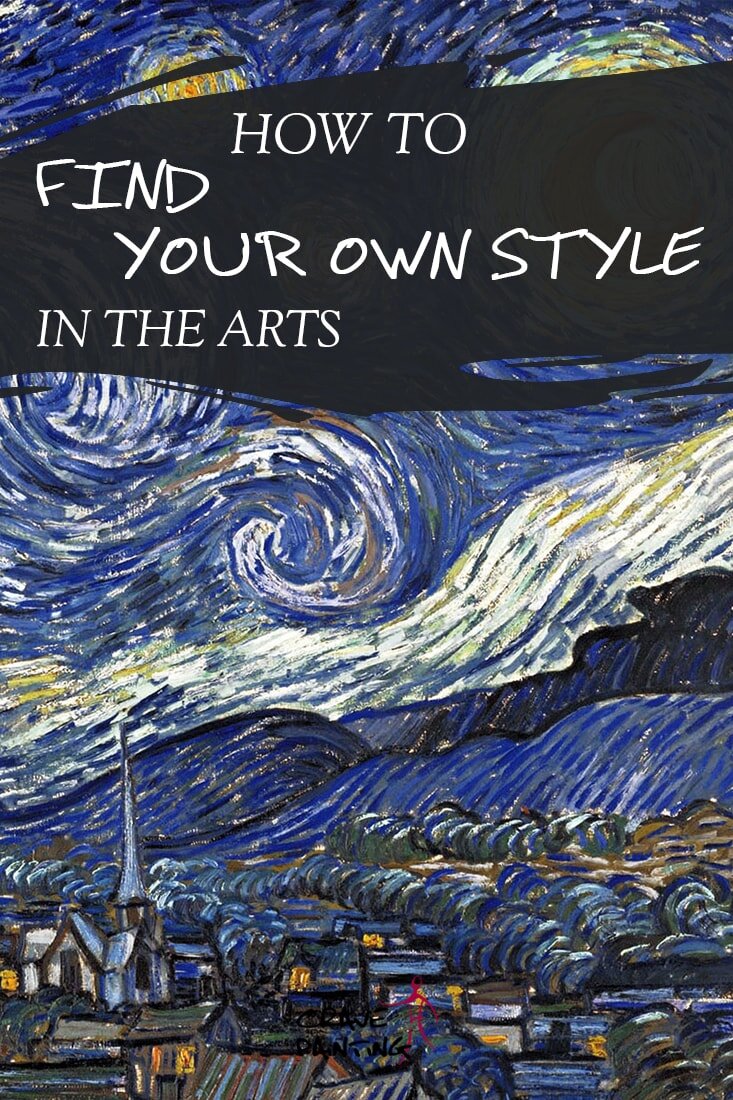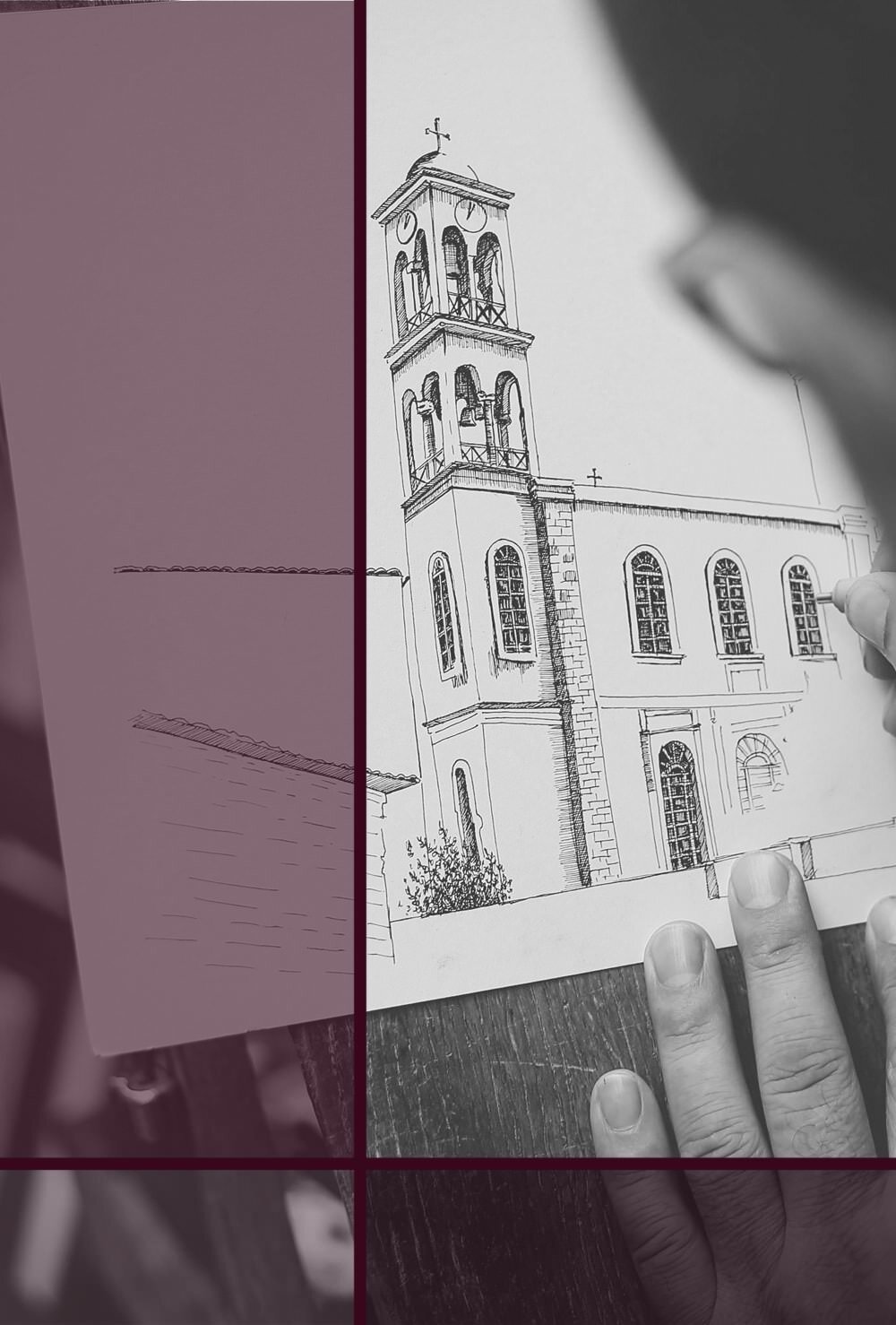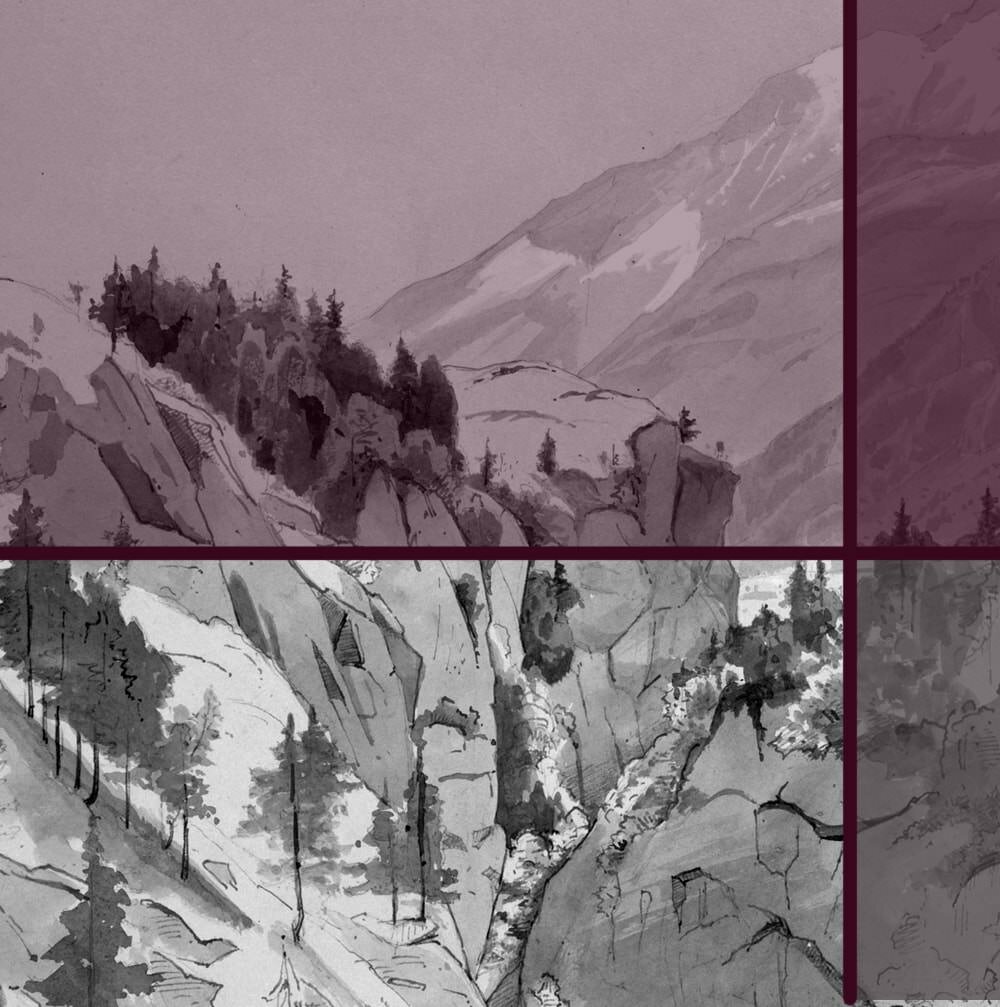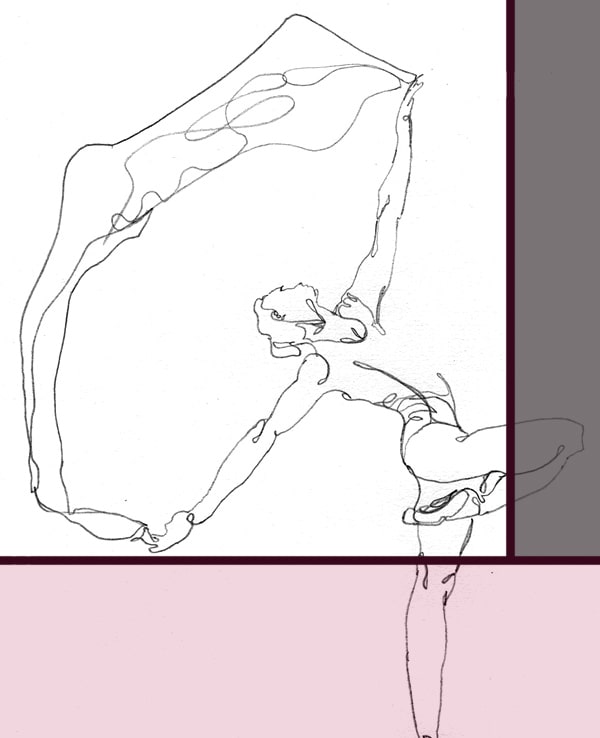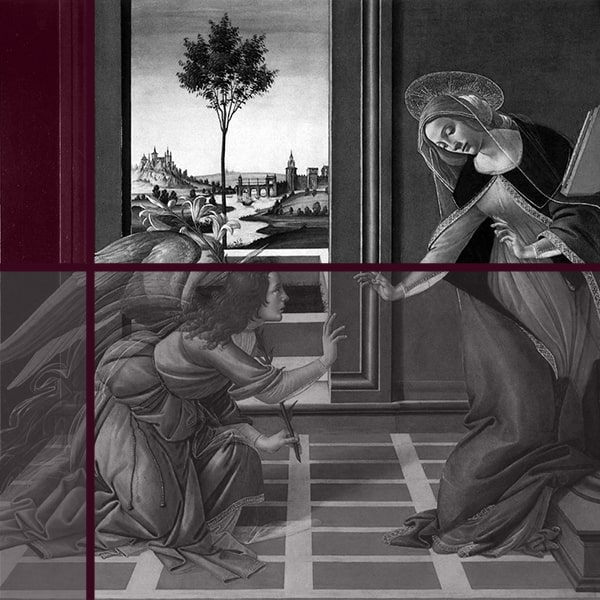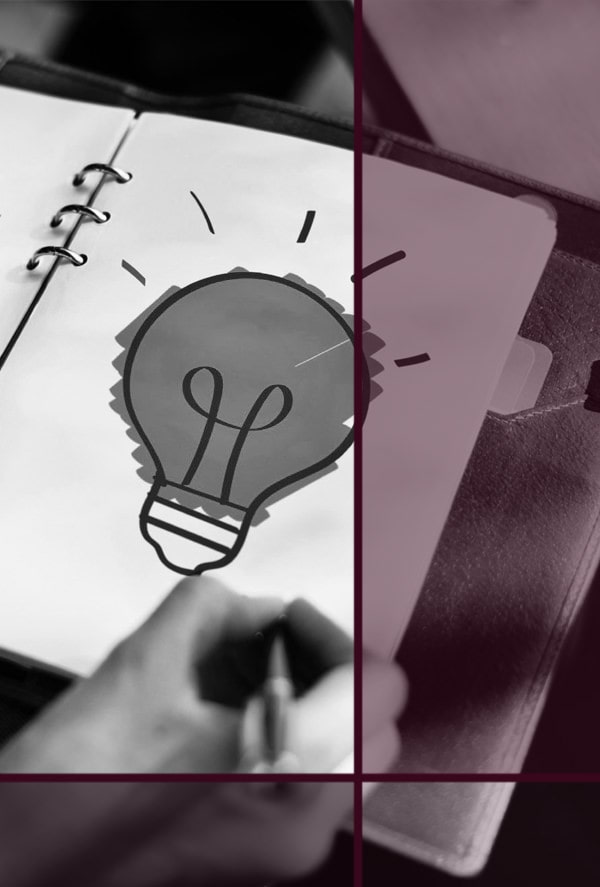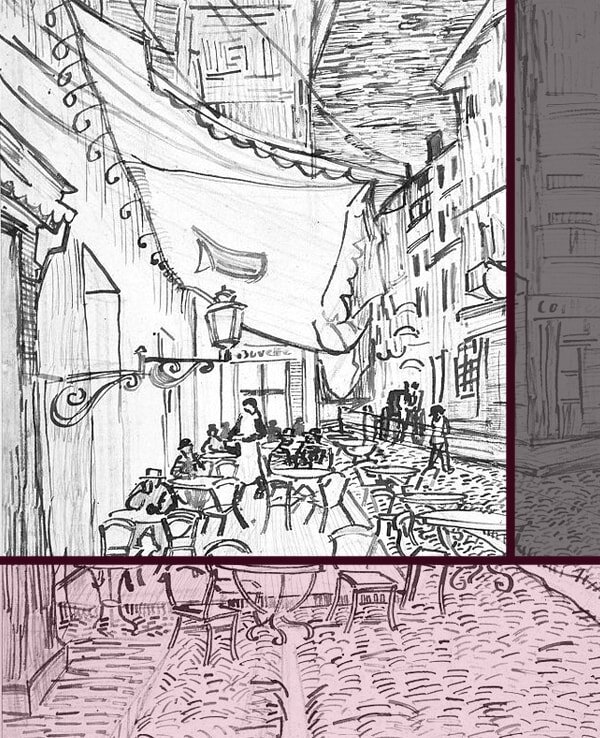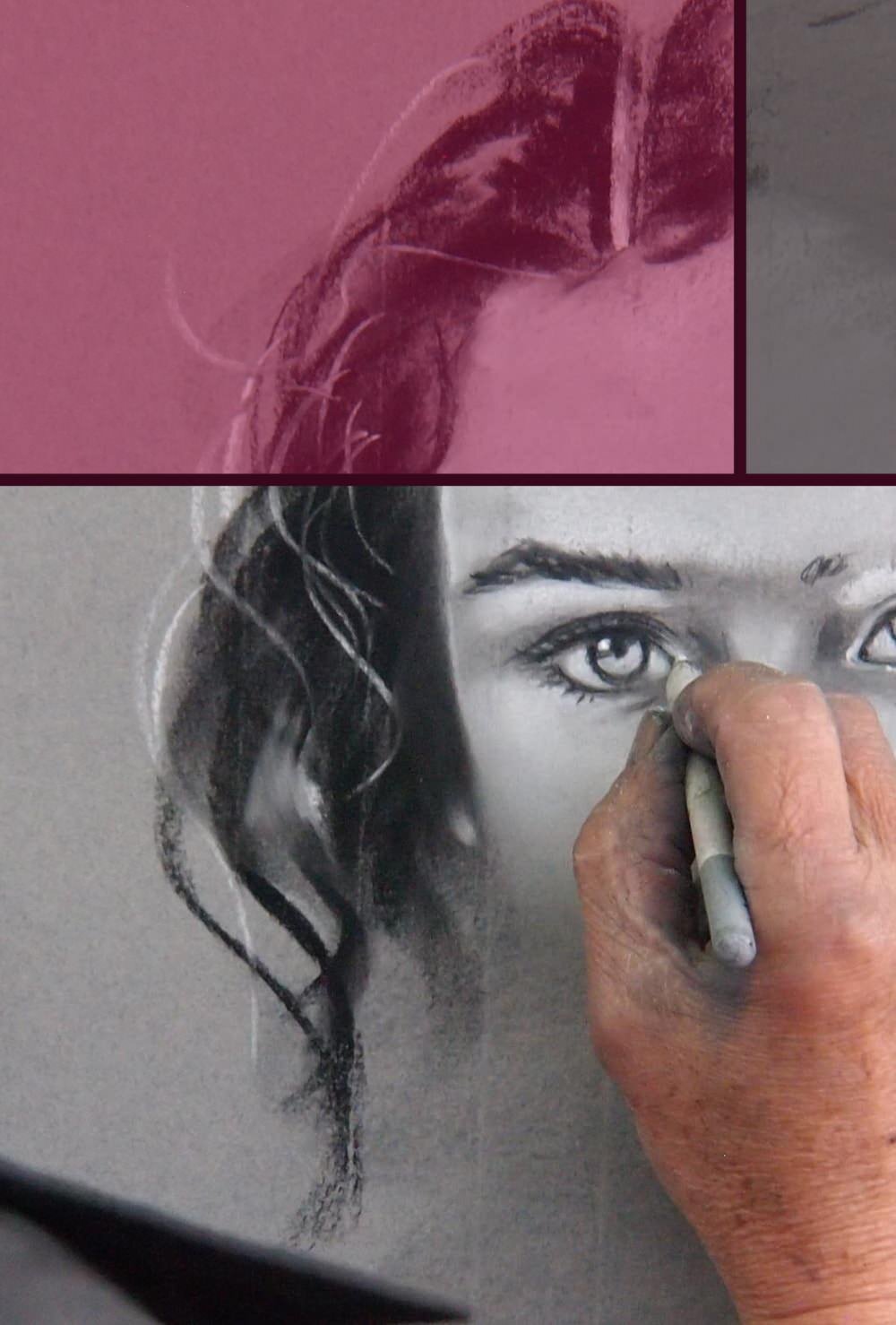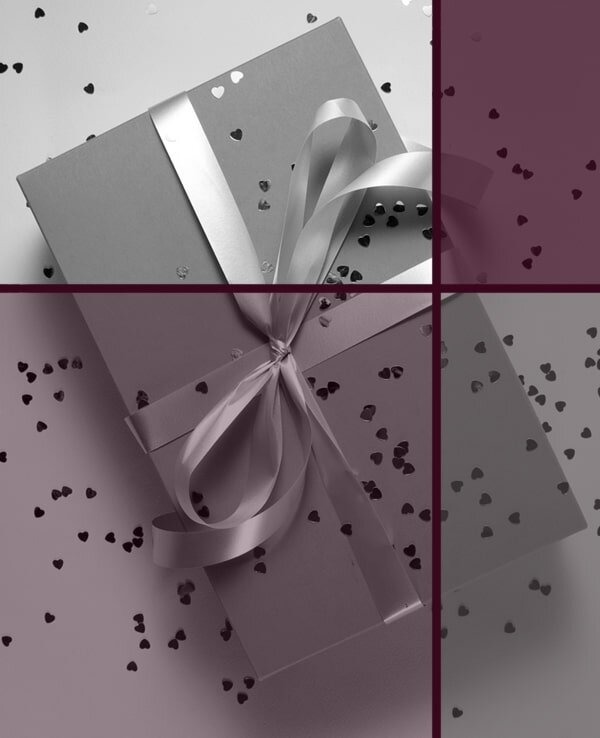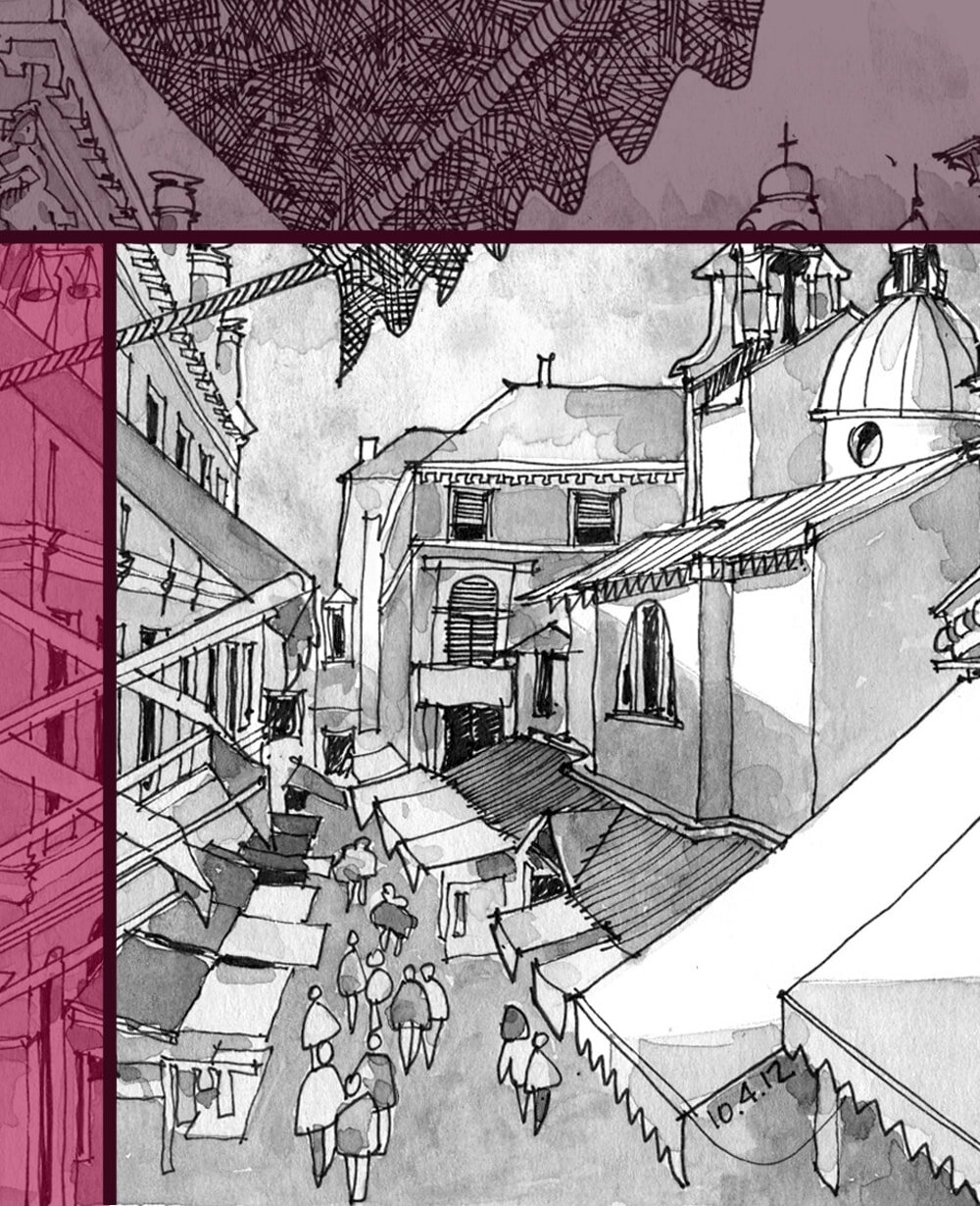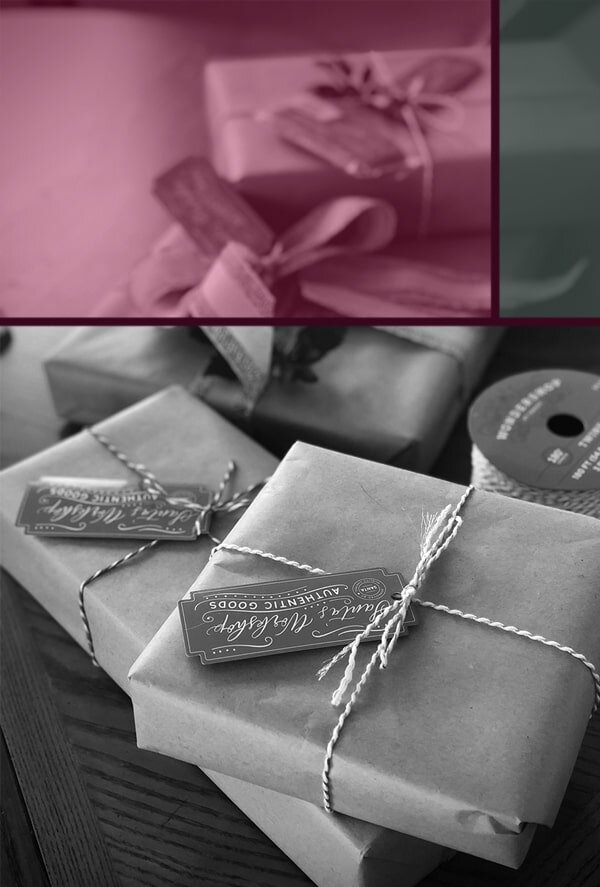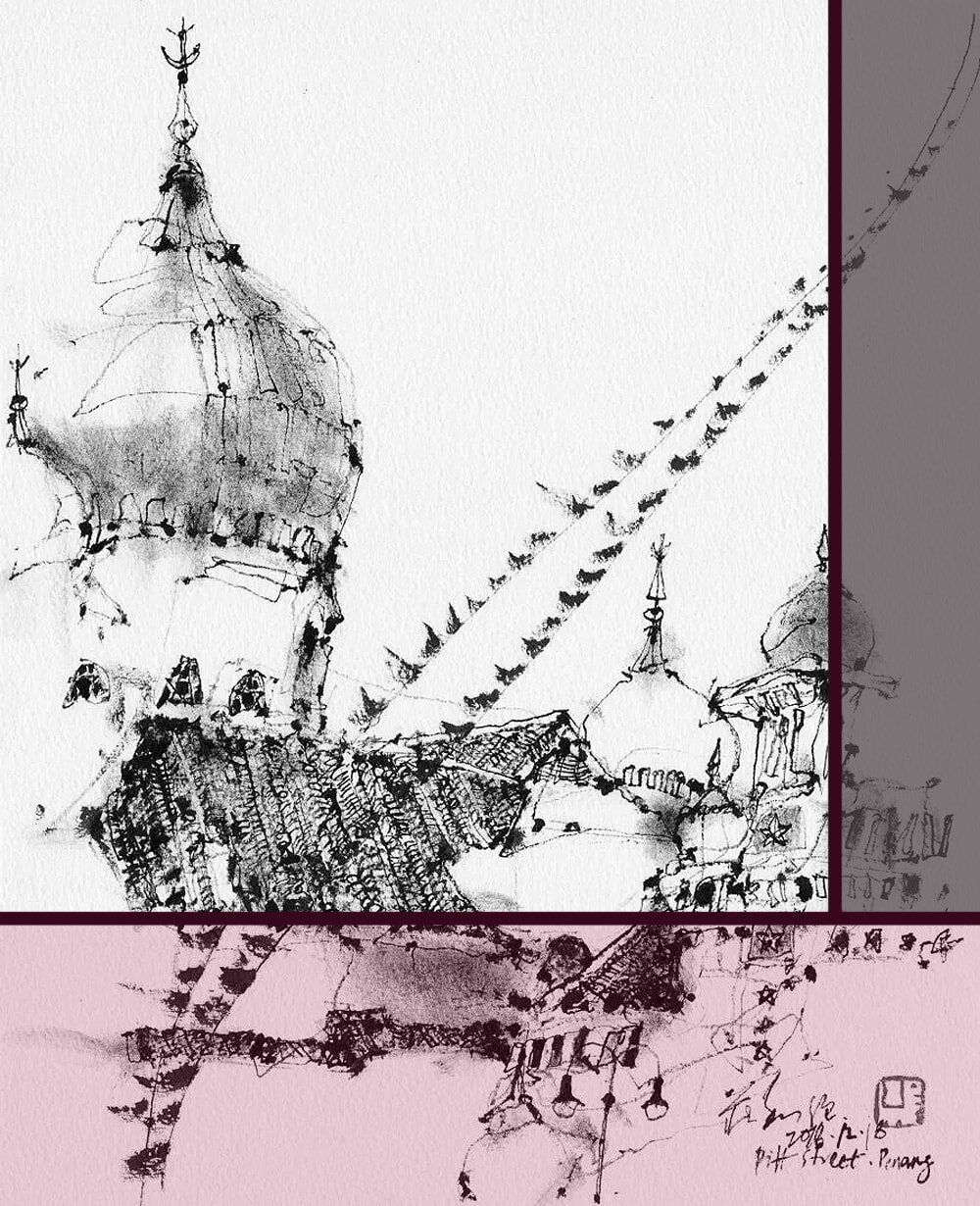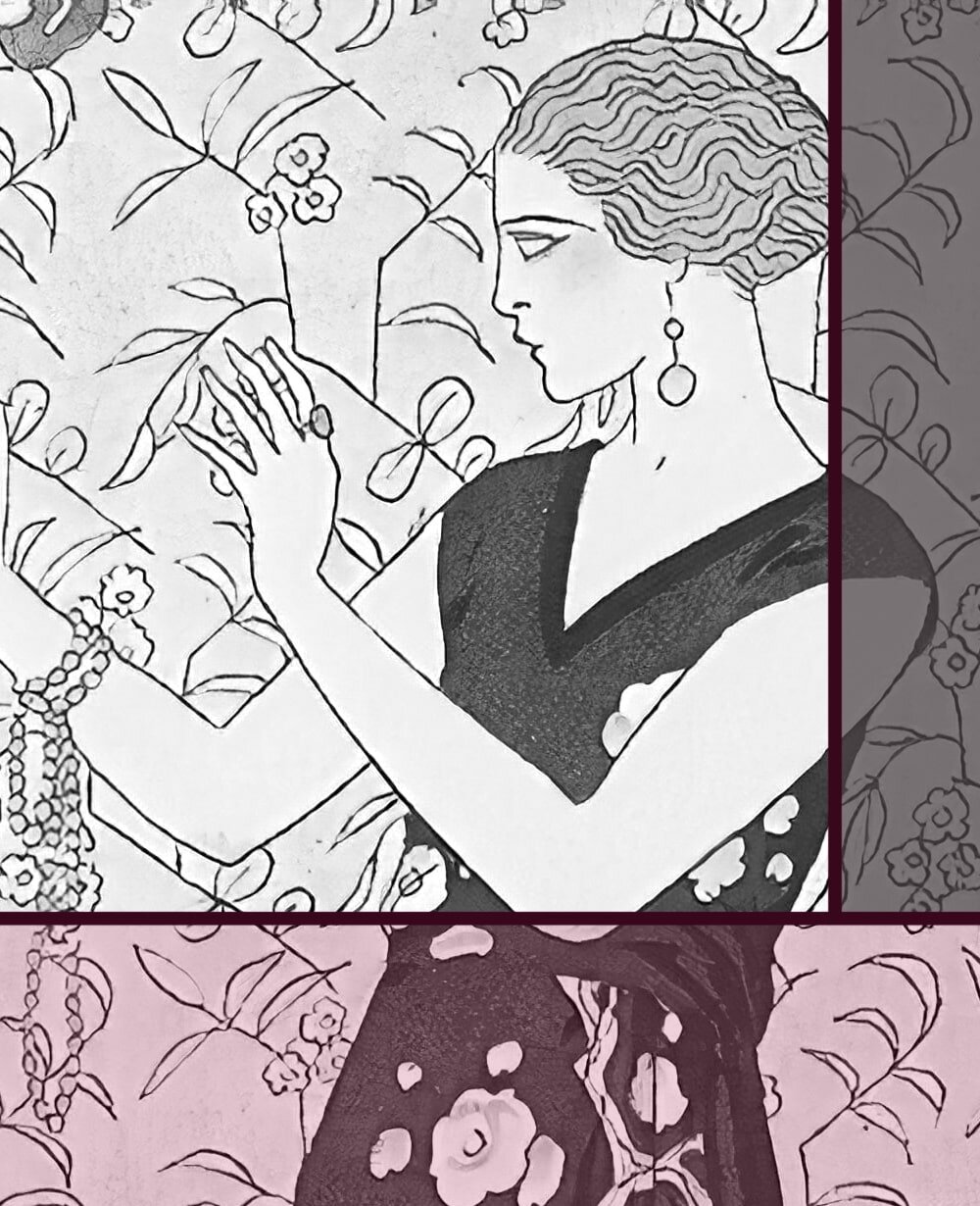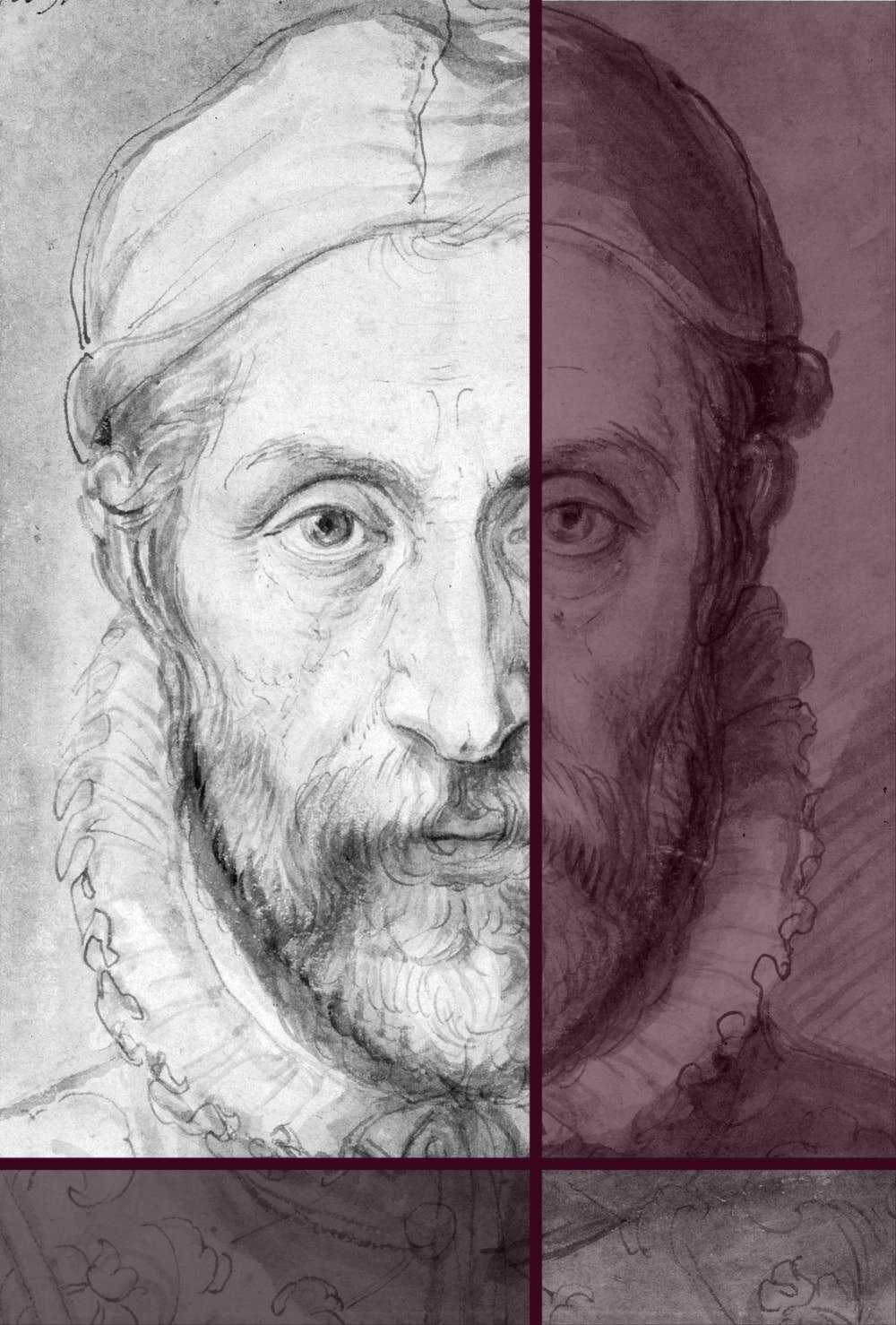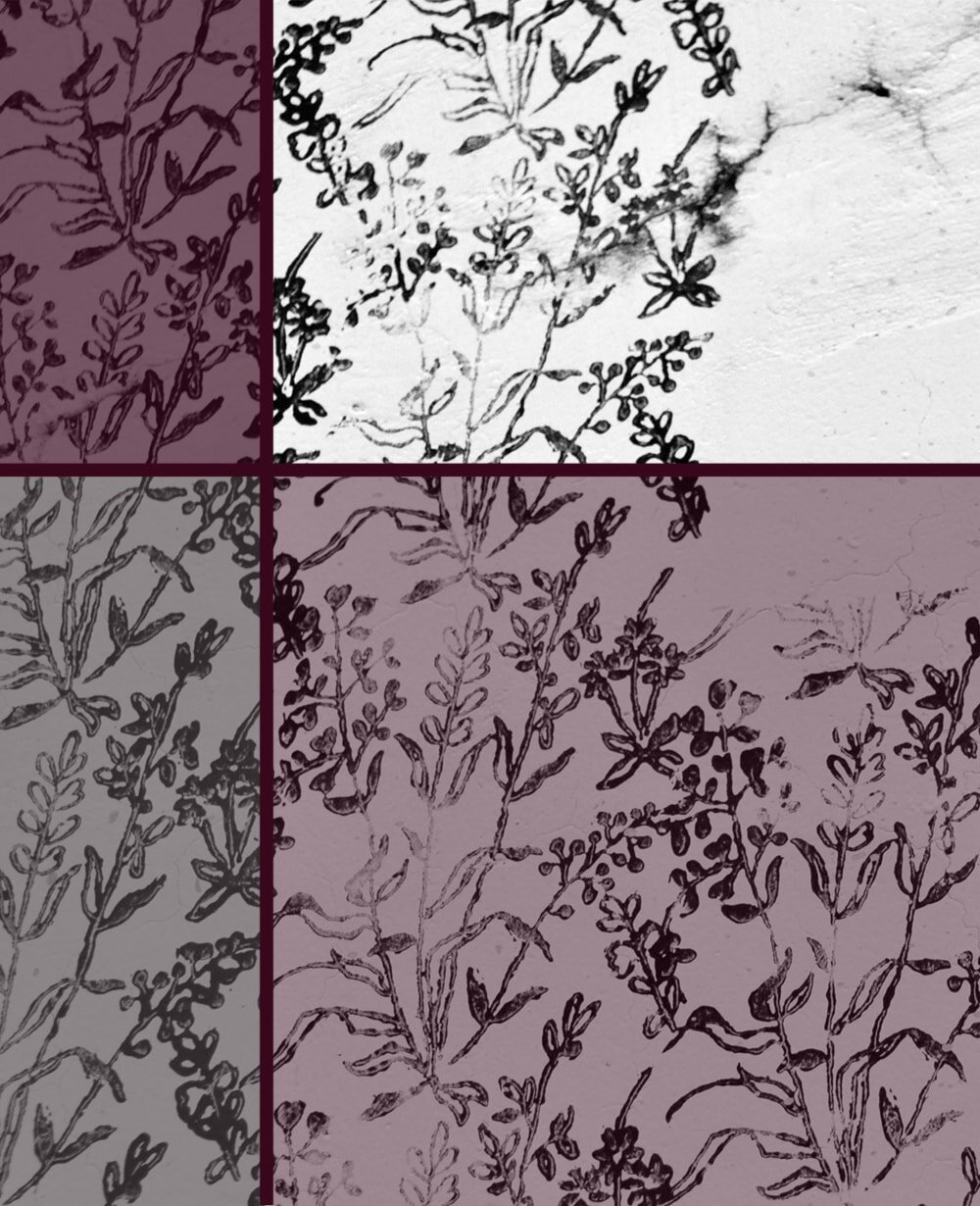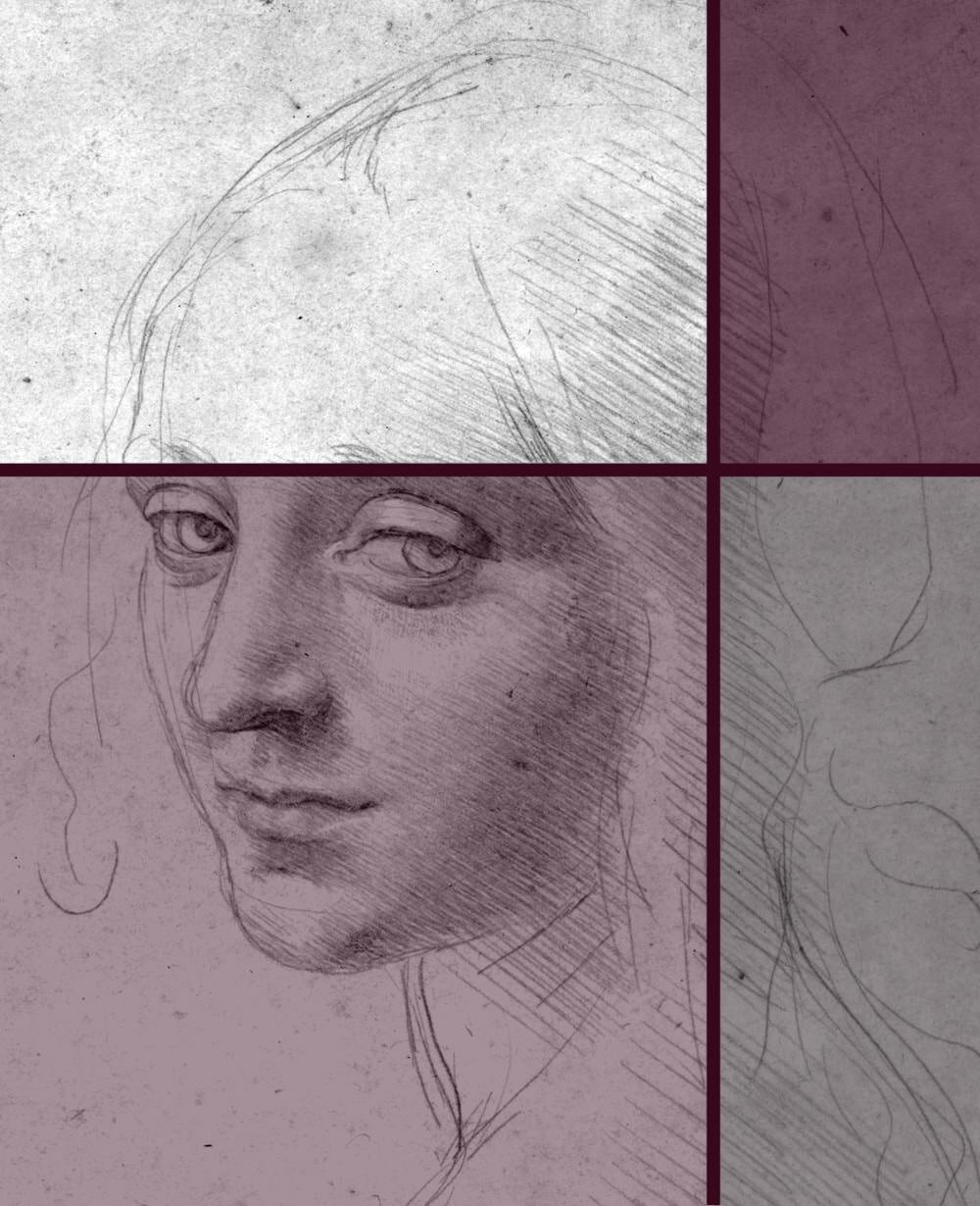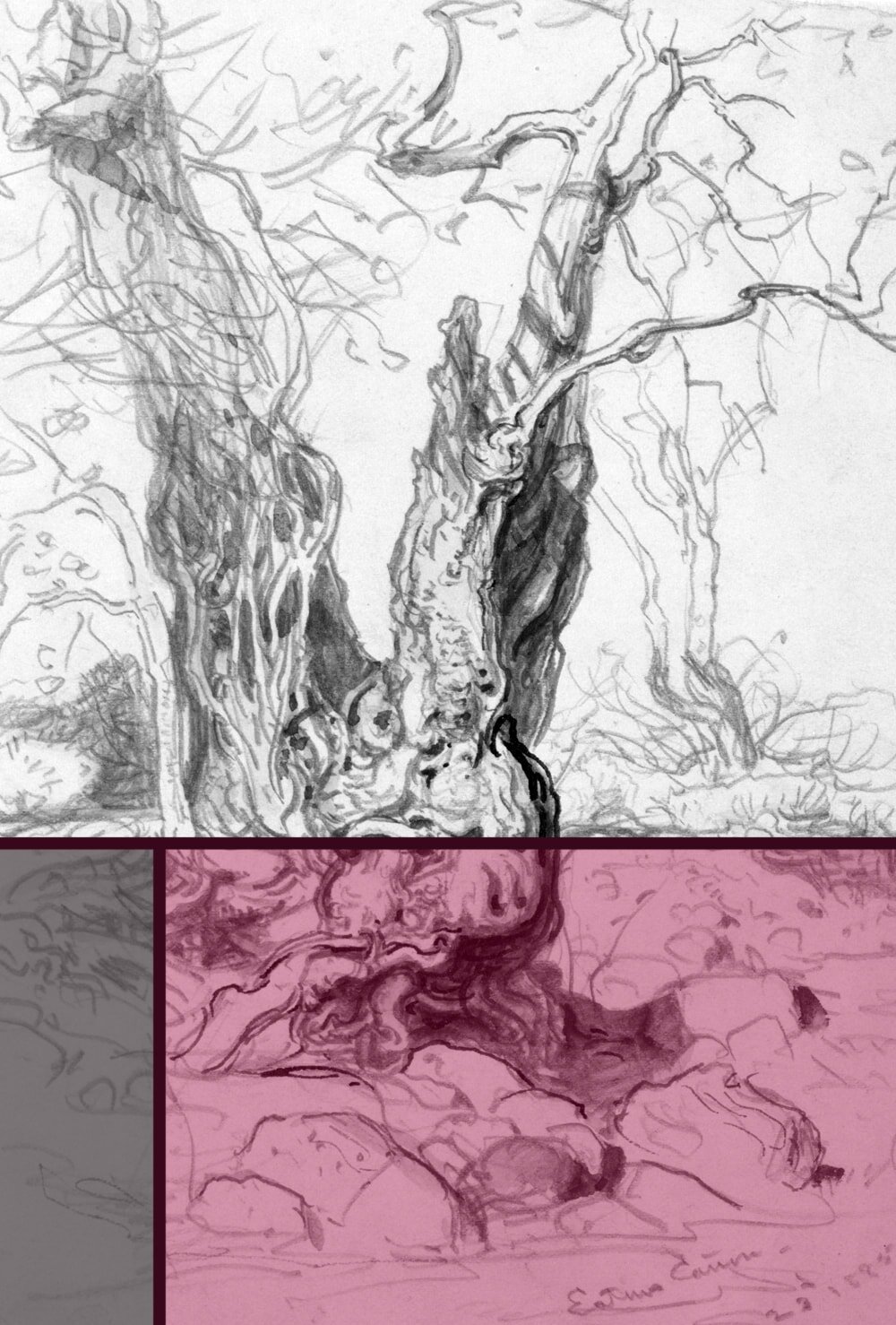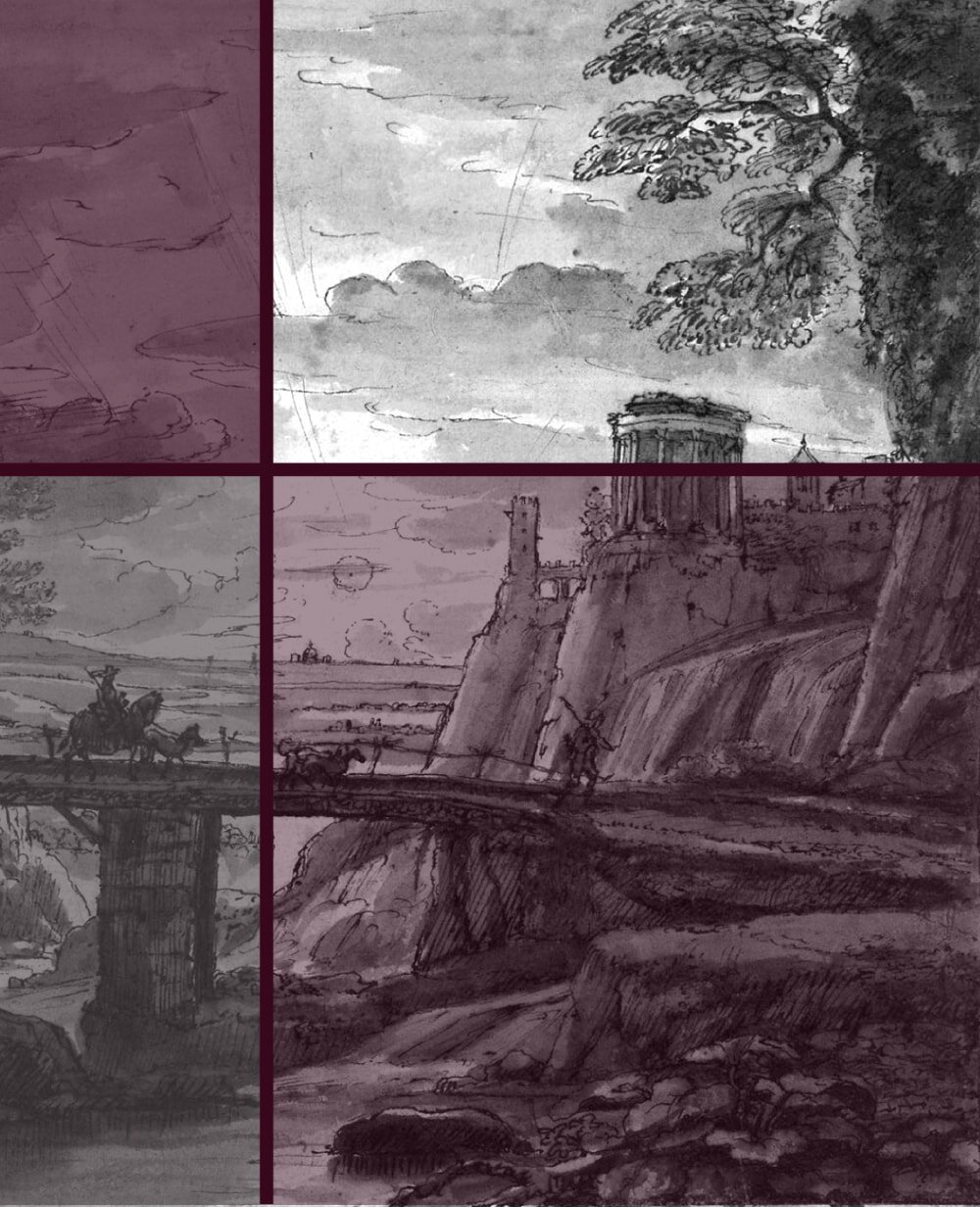How to find your own Style in the Arts
Should you draw abstract or realistic? Is water colour or oil more 'you'? Making art is a very special, intimate activity that can reveal a lot about you, to the viewer as well as to yourself. Any drawing, painting or sculpture is essentially a visual diary.
And as such we want it to be as personal to who we are as possible. After all, we want to create our own art, not copy someone else’s style.
Art is a fluent concept, of course, but it’s always good to be selective for a time in order to improve, rather than being all Jack of all trades.
Especially for beginners it can be difficult to decide on ‘the right’ medium, be it acrylics, pen or ink, let alone figure out how to develop your own, unique way of working with that chosen medium.
It’s an active process
The advice I read most often in regard to finding your own style is that it'll develop in time, automatically. I'll agree, but only partially.
Refining one’s style is an often quite passive process that really does happen naturally, the more you draw or paint.
On the other hand, it is also possible to spend months and even years using materials that work just ‘okay’ for you, when the perfect medium is only a quick trip to the art store away. If only you would think of it.
Just as it's possible that there are wildly interesting drawing styles that would go great with your art, but you might not know they exist. Better to see what is out there rather than expect it to magically come to you.
Perfecting your style, sure, that'll just happen with practice, but finding it requires a little engagement on your part.
Experiment
This goes without saying, but I’m going to say it anyway. You won’t discover what you like if you never try anything new. And that’s for (almost everything) in life.
The first time you went on holiday, was that the perfect vacation spot? The first brand of coffee you drank, was that as good as it was ever going to get? The first house you ever viewed, did you buy that?
Be honest, how often does it really happen that the very first thing you try, of anything, is an absolute perfect fit?
Sure, sometimes we’re just lucky the first time, but it’s not the norm. And that rule includes your art, too.
Most of us will start out with one medium and style and stick with it for a good while. Maybe our dad paints abstract portraits, so that’s what we do, too. Or we like the impressionists, so we start with oil landscapes.
Whatever it is, there’s a lot more out there that we might never try if we don’t actively make ourselves. Perhaps you would love ink, acrylics or pastels but you’ve simply never thought about trying them.
Why not find out? Every now and then grab a (cheap) starter kit for a new medium, or borrow it from a friend, and give it a try.
It can be very freeing to try new drawing or painting materials every now and then. And, of course, fun.
Some materials you might not like straight off the bat. That’s perfectly fine. Others you might enjoy for a week or two, but they won’t become one of your favourites. And sometimes you might come across one that you simply adore and that you’ll want to use more often.
It’s not just about the material. For each drawing medium there are hundreds of different ways to use them.
Caricature, stippling and scribble art are very different techniques, but they can all be done with a pencil. If it looks even a little bit interesting to you, give it a shot!
Even if none of the materials or styles turn out to be better than your current choice, the change itself and the experience you’ll gather will loosen you up and help your development as an artist.
Copying encouraged
One of the best pieces of advice I ever got from my art tutor is to copy what I like. Yes, it sounds wrong at first. You want to be your own artist, not copy (or steal, even) someone else’s style.
But here’s the thing: To find your place in the arts is to know at least vaguely in which direction you would like to move, so you don’t find yourself wandering around aimlessly and never getting anywhere.
And nothing is better for that than to let yourself be influenced and guided by artists that have already found themselves.
The best way to find your own style is to follow what inspires you in the art of others
Visit exhibitions, buy art books, search on the internet. Whenever you come across a work of art that catches your eye, think about why you like it.
This isn’t about copying someone else’s style stroke by stroke (although that can also be excellent practice). Rather, use what makes their work special to your own advantage.
What was it that made you notice the piece? Was it the subject, the colours, the style itself? How could you incorporate this in your own work?
You’ll find that it’s not always every part of the work that you like. Sometimes it’s the particular way it is drawn, but not the subject. Or it’s the overall composition, but not the colour scheme.
Other times you’ll notice that just because you like the look of something it doesn’t make it right for you. It’s perfectly possible to appreciate a style without wanting to use it yourself. But it’s easier to know this if you have, in fact, tried it.
Personally, I immensely enjoy the tone and drama of a good charcoal drawing. But, having used the medium for a few weeks, I admittedly don’t care for the mess, nor the scratching noise it makes on the paper. That’s fine, I just crossed it off the list.
As your collection grows, you’ll soon realise how much you learn about art, theirs and yours, simply by looking at other’s artwork more closely than you usually might.
Be practical
Choosing your art style and medium should mostly be about what feels right, for sure. But there are some other considerations as well that you might want to at least keep in mind.
Some materials will be more practical for you to use than others. Do you travel a lot and want use your sketchbook on the road? A portable medium that dries fast, such as pen or water colour, would be a good choice.
You might only have limited time to work during the day, so you’ll want something that’s easy to setup and get started with. Having meticulously mixed paints only to then see them dry out because you have to quit for the day is such a bummer.
Don’t let time, money or space restrict your art, but do be reasonable where you need to be.
If you have limited space available maybe stick to smaller works and don’t go for life-size sculptures. If money is an issue, make compromises. Opt for a limited colour palette for now, or try acrylics instead of oil.
Of course this should not be more than an afterthought, another thing to think about, especially if you like many different styles and media.
If you have your (artistic) heart set on a material or style you will always find a way to make it happen, no matter the circumstances. And so you should.
Do some soul-searching
Because art is such a personal thing the way it is made can say quite a lot about the artist.
If you’re absolutely stuck and don’t know what kind of materials or techniques to try, or which ones to try first, it can be a good idea to ask yourself a few questions about, well, yourself.
Do you know who you are? Most of us have trouble answering that question. It helps if you try to describe yourself in a few adjectives, or the opposite, find some words that are absolutely not you at all.
Do you consider yourself controlled and meticulous? Pencil and pen give you maximum control over the outcome. Water colour can be a little less predictable. But if you’re easy-going and chaotic that might be just your thing.
After all, the best and most honest pieces use styles and techniques that come at least somewhat naturally to us.
Are you super impatient? Oil paint with it’s slow drying time, and stippling, the world’s most time-consuming drawing technique, might not be your thing at all.
Are you a no-fuss kind of person? Rough sketching might suit you better than intricate realistic paintings.
In many cases, though not in all, this soul-searching can be a good clue in which direction to move with your art.
On the other hand, sometimes the artist in you has a different taste to “everyday you” and needs to be expressed in a different way. You might be very neat and reserved but prefer a more free and fluent style in the arts. It happens.
Either way, asking yourself a few questions and answering them honestly can give you a nudge, and help you understand yourself and your art better. But it’s important not to overthink it. Use it as an indicator, not as a fixed guideline.
Realise that style is fluent
You might think that you only need to develop your style once and then it’ll stay with you forever. But just as your experiences and personality change over time, so will your art. Change is necessary in order for you and your art to grow. It is desired, even.
True, some artists stick with the exact same medium all of their life, and never stray from their preferred style. But even in such case there are usually subtle changes, be it in technique or choice of subject, that one can observe in their work over the years.
Other famous artists have made more dramatic turns over the years, such as Pablo Picasso.
Embrace this idea, because it will take such a load off your shoulders. Art isn’t like a career choice or your wedding vows. You don’t have to be wary about making the exact right choice and you are not (semi-) indefinitely bound by one decision.
If you concentrate on pen and ink now but in a year you realise charcoal suits you better, go for it! I promise the time spent to develop one medium (or style) will never be wasted and it will always benefit any other medium or style you will use in the future.
You might love to draw hyper realistic for now, but later develop a fondness for abstract art. Also no matter.
Art should be a living, fluent concept, not a dead, static thing.
You might even not want to choose at all. Some days you might feel like drawing the most realistic portrait, another day you’re in the mood to paint an abstract landscape. All fair game, you’re the artist, after all.
Indeed, the more different styles and techniques you practice the more possibilities you have. One of my favourite illustrators, Luis Royo, uses a great variety of media and techniques in his works, sometimes in one single drawing.
Don’t ever let anyone tell you that you need to be this and do that. There are no rules in the arts, which is what makes it so unique. Your art is an expression of yourself, and who of us is truly always just the one thing.
Don't stress, but don't leave it entirely to chance either
If you’re a beginner there’s no point stressing about finding your style straight away. Even if you’ve been at it for months, or even years, it can easily take longer than that to know exactly where you belong in the arts.
But here’s a thought: ‘Your own art’ encompasses many aspects, such as medium, style, subject, technique. But only some of these take time to develop or find.
Even if your technique is still all over the place, your choice of subject, your composition overall, the parts you pay particular attention to will let yourself shine through and make the piece yours.
And for everything else, yes, time and experience will naturally put you on the ‘right’ track.
In the end the artist in you will tell you what direction to go, you just have to listen to the hints, however subtle.
I find it best to think of it like an active process that requires you to participate, not something that magically happens without any effort on your part.
As Pablo Picasso would phrase it: Inspiration exists, but it has to find you working.
Did you enjoy this article or feel like you have anything else to add? Feel free to leave me a comment below!
If you like this post, please share it, so others may like it too!
